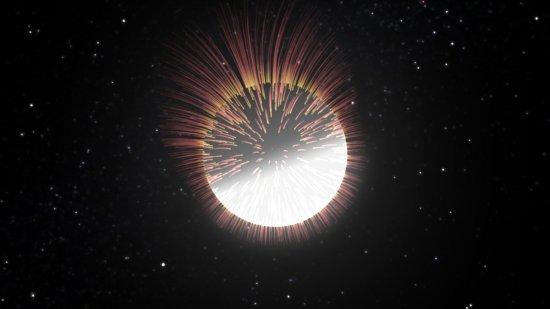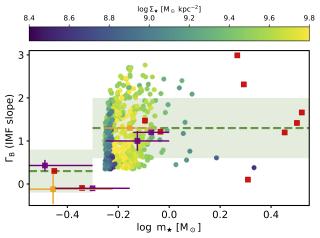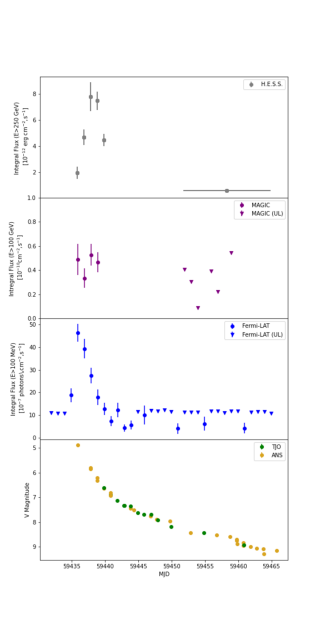Isolated cool white dwarf stars more often have strong magnetic fields than young, hotter white dwarfs which has been a puzzle because magnetic fields are expected to decay with time but a cool surface suggests that the star is old. In addition, some white dwarfs with strong fields vary in brightness as they rotate, which has been variously attributed to surface brightness inhomogeneities similar to sunspots, chemical inhomogeneities and other magnetooptical effects. Here we describe optical observations of the brightness and magnetic field of the cool white dwarf WD1953-011 taken over about eight years, and the results of an analysis of its Surface temperature and magnetic field distribution. We find that the magnetic field suppresses atmospheric convection, leading to dark spots in the most magnetized areas. We also find that strong fields are sufficient to suppress convection over the entire surface in cool magnetic white dwarfs, which inhibits their cooling evolution relative to weakly magnetic and non-magnetic white dwarfs, making them appear younger than they truly are. This explains the long-standing mystery of why magnetic fields are more common amongst cool white dwarfs, and implies that the currently accepted ages of strongly magnetic white dwarfs are systematically too young.
Figure caption: Simulation of the magnetic field distribution (represented by lines whose lengths are proportional to the field strength) in a “cool” white dwarf. The darker zone is a cooler region where the intense magnetic field has partially blocked th
Advertised on
References



